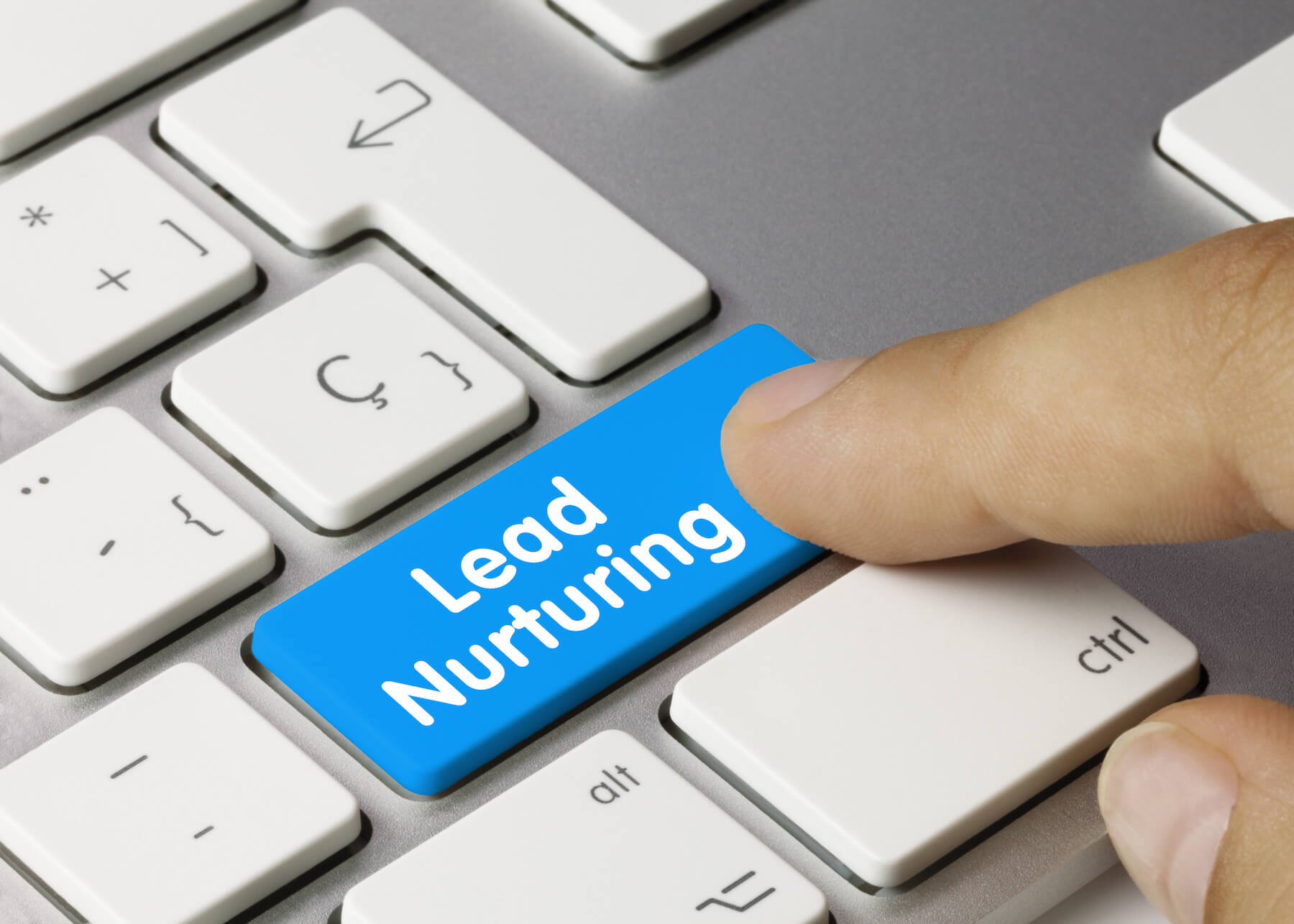Expert tips on calculating the ROI of an CRM project

The major stumbling block in calculating the ROI of a CRM project lies in how a business operates. Each business functions differently and calculates its costs and returns differently. However, the essential factors to consider when defining your expenses and returns are here.
The ratio of investment of a CRM is the ratio between the investment and the cost of investment. Calculating this ratio is relatively simple if you have the expected returns and investment cost. To calculate the ROI of a CRM project, subtract the investment cost from the expected returns. After that, divide the resultant value by the expected price to land your ROI. You can multiply your ratio by 100 if you want your ROI in percentage.
ROI of a CRM project – defining and calculating your costs
The expected cost of successfully implementing a new CRM system is more than the upfront cost you would pay for a system such as Pipedrive. Here are the significant factors affecting the cost of installing a new system.
The business environment and how it affects the system come in first. For this section, you’ll have to look at the customisations and modules/plugins needed to complement the design. Note that these will significantly affect the cost of the result. Additionally, it also factors in the licensing fees and SaaS subscription rates. These figures are often overlooked, even though they are part of the investment cost.
The second place is the implementation process. Before landing any system like Pipedrive CRM, you will have consulted on configuring, migrating, and installing the system into your business. Doing this affirms that the deployment is a success and there are no extra costs. Conversely, failing to consult saves you consultation fees and reduces your chances of success. In simple terms, If the system were to die, you’d still spend more than you would with a consultant. Whether you decide to consult or not, the investment cost will include consultation fees and extra fees spent in case of failure.
The final factor to consider is maintenance. Does the new system need upgrades and patches? Will you need to extend your existing maintenance contract after a while? Also, you’ll need to couple factors like the system’s life span and the way forward if your business outgrows the plan. And if so, what next is the system scalable or flexible to adjust? And in case of adjustments, how much will it cost to implement these adjustments?
Calculating your expected returns
The next part would be getting your returns right with the expected expense done. Proper return calculation focuses on the system’s advantages in terms of cost. A good starting point is how the new system resolves complex problems, how the new system has increased production, and how the new system has reduced the use of human resources.
Another talking point is the opportunities that the new system brings. Will the system allow you to make smarter choices, particularly around vendors, buyers, and negotiating contracts?
While these might not translate to figures, they’ll affect your expected returns. With that in mind, check whether your decision positively affects your business to land you a profit.
The last factor is time. How long would it take to implement the system? What are the risks associated with the new system? These might not translate to financial figures but will likely impact your cost and returns. Therefore, ensure that the system takes the least time to implement.
The bottom line
Calculating the ROI of a CRM project is crucial for project planning and evaluation, so it should be as accurate as possible. The key to a successful investment ratio is an inclusive analysis of the new system's cost and return.
Talk to our experienced consultants to help implement your CRM system.



